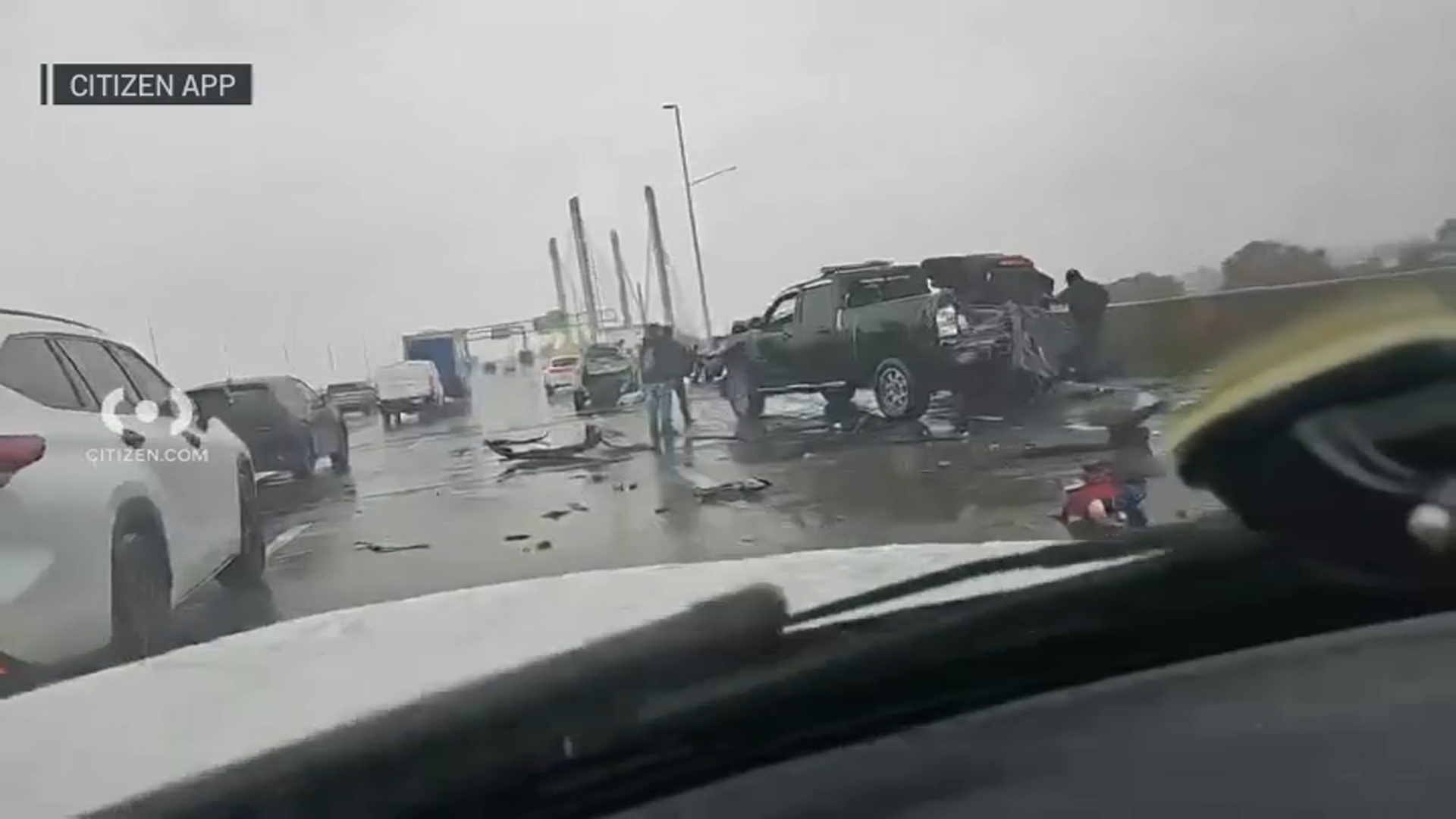What to Know
- At least 17 people died and many others still fighting for their lives after a raging space heater-sparked inferno tore through a 19-story Bronx apartment building on Sunday
- The smoke alarms went off, but many apparently didn't pay attention because there were frequent false alarms; officials say most of the fatalities were people found dead in hallways of smoke inhalation
- The fire was the city's deadliest since 1990, when 87 people died in an arson at the Happy Land social club, also in the Bronx. The borough was also home to a deadly apartment fire in 2017 that killed 13 and a 2007 fire, also started by a space heater, that killed nine
The first glimpses inside the charred Bronx apartment building where 17 people died in a fire Sunday showed the burnt remnants and blackened hallways that were filled with smoke as people desperately tried to escape.
It was that smoke that killed all 17 victims, the medical examiner's office said Tuesday, confirming that all of the victims died from smoke inhalation as opposed to the fire itself. Eight of the fatalities were children.
More lives could still be lost, with officials saying Tuesday that 35 of the 72 people who were hurt in the blaze suffered life-threatening injuries.
Photos from inside the unit where the fire started show the entire living space destroyed, the skeleton of the structure laid bare and broken with a window blown out.
Through a partially torn down wall, another room can be seen, but instead of walls blackened by fire and smoke, there are white painted walls -- a sign the fireproof material inside the walls was effective at stopping the fire from spreading and perhaps could have mitigated the tragedy had the door been closed.
Get Tri-state area news delivered to your inbox. Sign up for NBC New York's News Headlines newsletter.
The billowing smoke, however, did escape the apartment and turned the hallways of the 19-story 181st Street building into ash clouds that choked out the lives of the people who died in the blaze.
News
Photos: First Photos Show Charred Insides of Bronx Apartment Building After Deadly Fire
That apartment door should have closed on its own in accordance with city code and fire safety protocol, but it didn't, Fire Commissioner Dan Nigro said Monday. Instead, the door remained ajar after the unit's tenants escaped.
Glenn Corbett, a fire science professor at John Jay College in New York City, said closed doors are vital to containing fire and smoke, especially in buildings that do not have automatic sprinkler systems.
“It’s pretty remarkable that the failure of one door could lead to how many deaths we had here, but that’s the reality of it,” Corbett said. “That one door played a critical role in allowing the fire to spread and the smoke and heat to spread vertically through the building."
A working smoke alarm was present. Many heard smoke alarms blaring through the huge apartment building that deadly day. They thought they were false alarms.
A similar issue happened with a door on the 15th floor. Both were fully open even though they should have closed automatically. It wasn't clear if there was a malfunction or if the self-closing mechanism had been manually disabled.
As for the other fire doors throughout the building, the I-Team found that in March 2017, an HPD inspector issued a violation and ordered the building "arrange and make self-closing the doors ... near the third-floor hallway stairs."
It was not clear if the door the inspectors were referring to was one of the open doors that let smoke pour through the building.
A spokesperson for the building's owner said that all doors in the building were self-closing to help contain smoke, and the apartment where the fire started was last checked in July 2021.
Investigators determined that a malfunctioning electric space heater, plugged in to give extra heat on a cold morning, started the fire.
A fire department official said the space heater had been running for a “prolonged period” before the fire began. It spread quickly to nearby furniture and bedding.
The cause of the malfunction remains under investigation. Dozens of displaced families, amounting to nearly 200 people, are being assisted by the Red Cross.



